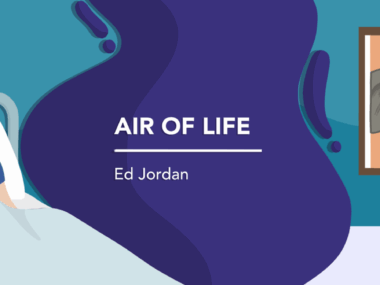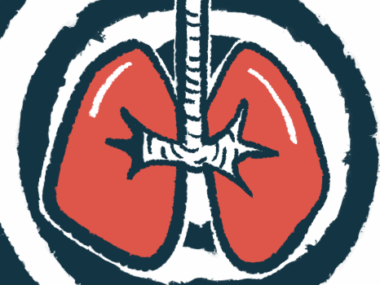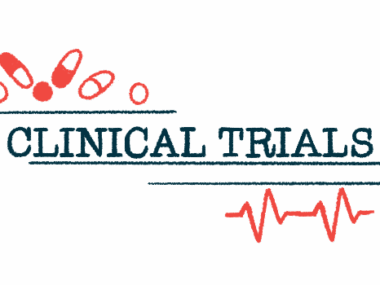Evolving Toward Becoming Visible
Written by |

Doctors diagnosed me with cystic fibrosis (CF) at 18 months old and I recently turned 29. It’s safe to say I’ve never known a life without it.
Growing up, I became accustomed to treatments and pills, my life punctuated by responsibilities in the midst of childhood fun. Despite all that, I felt very much like a normal kid. I was aware of the differences between classmates and me, but I didn’t feel them particularly keenly. I just had something a little extra going on. Although I became resentful at times, especially as a teenager, I was generally OK with where I stood.
Like many CFers, I became familiar with PICC lines. I didn’t like the way people would stare, but I managed to have them during summer vacations. At other times, I covered them up with sweater sleeves. I did everything I could to emit the aura of a perfectly healthy human being. When hospitalized, I let only my closest friend see me. Others sometimes asked to see me, but I always said I was fine and didn’t want visitors.
In short, I didn’t live a very “visible” life withCF. People knew I had it, but I didn’t talk about it much. I was reluctant to do so even when pressed. Now that I’m entering my late 20s, things are changing.
Connect with other people and share tips on how to manage Cystic Fibrosis in our forums!
There’s no defining moment I can point to that helped me build up to this. Rather, it was a confluence of factors that hit at the perfect time. I became more serious about my potential career as a science fiction writer, and with it came that quiet dissatisfaction of never reading about characters like me — characters with chronic illnesses or other disabilities. I wanted to see them, but I needed to be the one to put them out in the world, which meant I had to disclose my disease. People had to know what I was living and dealing with.
Another big part of my change was going on Social Security disability. I had to admit that I couldn’t work a full-time, traditional job even though I have a lot to offer the world. I had to be able to explain to new friends why I didn’t work despite my advanced degree.
The third influencing factor was that I started using a cane, albeit rarely and mostly at conventions or events where I know I will be standing for extended periods. Cystic fibrosis-related arthritis has been creeping up on me for years, and though Symdeko (tezacaftor/ivacaftor) has helped prevent many flare-ups, I find the act of standing still for hours at a time to be exceedingly painful. The cane helps alleviate that, but the cane is also a very visible marker of “other.”
It turns out there’s no real guide to becoming visibly disabled, and that goes double for doing so while still young and looking able-bodied. I’m learning to deal with the stares while walking with a cane in my 20s.
All this is to say: Hello. I’m Elizabeth. And this is the year I will become visible.
***
Note: Cystic Fibrosis News Today is strictly a news and information website about the disease. It does not provide medical advice, diagnosis, or treatment. This content is not intended to be a substitute for professional medical advice, diagnosis, or treatment. Always seek the advice of your physician or other qualified health provider with any questions you may have regarding a medical condition. Never disregard professional medical advice or delay in seeking it because of something you have read on this website. The opinions expressed in this column are not those of Cystic Fibrosis News Today, or its parent company, Bionews Services, and are intended to spark discussion about issues pertaining to cystic fibrosis.







Leave a comment
Fill in the required fields to post. Your email address will not be published.